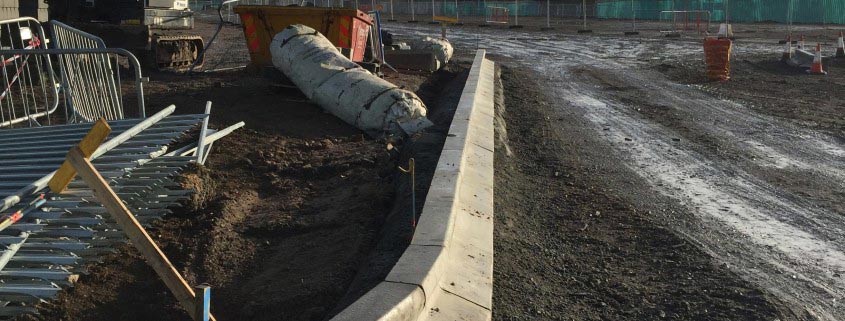How to Pour and Protect Concrete in the Winter Months …
As winter approaches, we receive many queries from customers asking how to pour concrete and protect concrete in colder weather. Key to the process are two elements – knowing the essentials about pouring the concrete and then maintaining the temperature of the concrete during the colder weather.
With the first stage, we are aiming to prevent the concrete from freezing after being poured to avoid the risk of cracking and to ensure that it remains safe, structurally secure and fit for purpose.
Concreting in Cold Weather …
First, you need to assess the individual site and determine the forms and testing involved. Our team at Maxi will typically send a trained operative to offer advice plus a 10 minute demonstration to ensure that you are able to lay the product correctly to achieve the highest quality finish as well as account for any unique factors.
Never pour concrete over a frozen surface or in temperatures below 3°C to avoid the risk of ice forming – for the latter, you can only pour onto temperatures slightly below this level if the surface is Styrofoam. You also need to consider the type of concrete to use – this means low slump and minimal water to cement ratio. Before pouring, check the sub base (surface you are pouring onto), formwork and equipment for frost, ice or snow. You can use specialist insulating blankets on the sub base to protect it from freezing or, if it has been pre-prepared, you may be able to use heaters to melt the frost.
Maintaining the Temperature of the Concrete …
Once the concrete has been poured, bled and levelled, it is essential to maintain the temperature and stop it from freezing. Protection must begin straightaway – place curing blankets or insulated formwork over the surface to optimise the temperature. The concrete must then be kept warm (above 5ºC) for the first 48 hours or until the strength has reached 5MPa. Temperatures will then need to be maintained above freezing for up to a week to ensure optimum strength development. Otherwise, you risk it freezing, expanding and becoming unfit for use.
In all cold weather concreting, the material will gain strength more slowly than in the warmer months. However, if you need the concrete to gain strength more quickly, it may be possible to increase its cement content, but this is only applicable in certain circumstances, so we recommend seeking the advice of an expert.
Our team at Maxi is highly skilled in concrete pouring and maintenance whatever the weather. Contact us today for expert tailored advice on concreting in cold weather and beyond.






